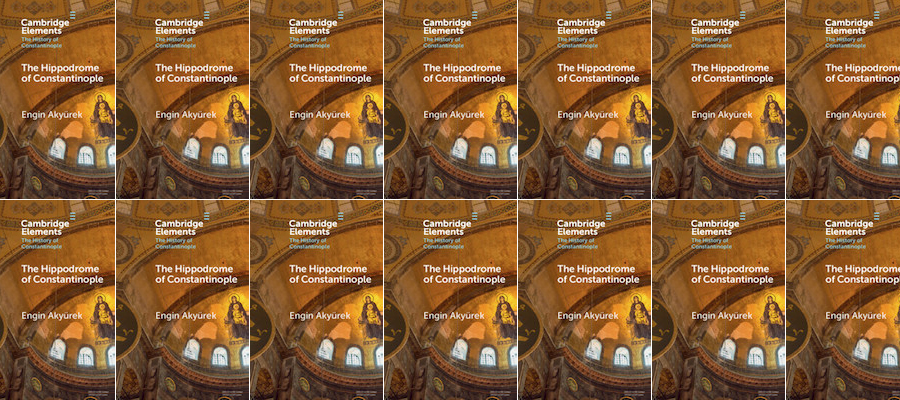Engin Akyürek. The Hippodrome of Constantinople. Cambridge Elements in the History of Constantinople. Cambridge University Press, 2021.
From Cambridge University Press
The Hippodrome of Constantinople was constructed in the fourth century AD, by the Roman Emperor Constantine I, in his new capital. Throughout Byzantine history the Hippodrome served as a ceremonial, sportive and recreational center of the city; in the early period, it was used mainly as an arena for very popular, competitive, and occasionally violent chariot races, while the Middle Ages witnessed the imperial ceremonies coming to the fore gradually, although the races continued. The ceremonial and recreational role of the Hippodrome somehow continued during the Ottoman period. Being the oldest structure in the city, the Hippodrome has witnessed exciting chariot races, ceremonies glorifying victorious emperors as well as the charioteers, and the riots that shook the imperial authority. Today, looking to the remnants of the Hippodrome, one can imagine the glorious past of the site.
